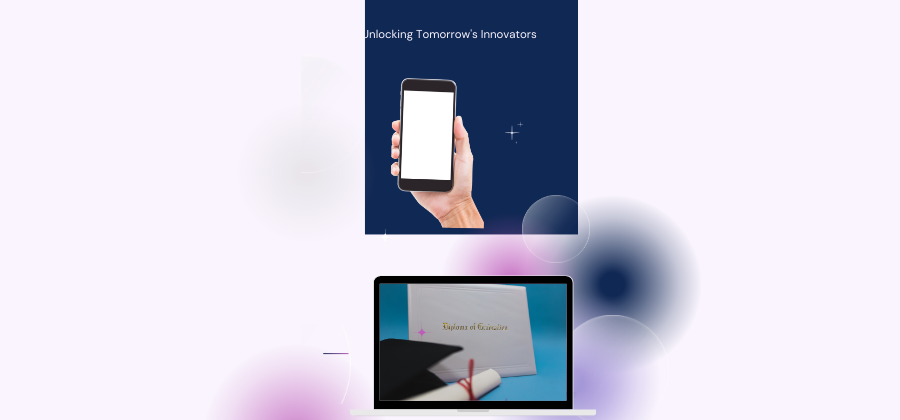News or Article Detail

Is digitalization good and bad for school ?
A balanced approach that combines traditional and digital methods can maximize the positives while minimizing the negatives.
Good Aspects of Digitization in Schools
- Enhanced Learning Experience: Digital tools like videos, animations, and simulations make complex topics easier to understand. Interactive content keeps students engaged and motivated.
- Personalized Learning: Adaptive learning platforms tailor content to each student's pace and style, helping both advanced and struggling learners.
- Global Access to Resources: Students and teachers can access a vast array of online resources, courses, and research material anytime, anywhere.
- Efficient Administration: Automation reduces paperwork and streamlines processes like attendance, fee management, and report generation.
- Preparedness for Future Careers: Exposure to technology fosters digital literacy and prepares students for tech-driven workplaces.
- Flexibility in Learning: Online classes and digital materials ensure continuity during disruptions like pandemics or natural disasters.
- Parental Involvement: Apps and portals allow parents to monitor their child's progress and communicate with teachers effectively.
Bad Aspects of Digitization in Schools
- Digital Divide: Not all students have access to devices or reliable internet, leading to inequality in learning opportunities.
- Screen Time Concerns: Excessive use of digital devices can lead to health issues such as eye strain, poor posture, and reduced physical activity.
- Loss of Personal Interaction: Over-reliance on digital tools may reduce face-to-face interactions between teachers and students.
- Data Privacy and Security Risks: Schools must ensure the safety of sensitive student and staff data from cyber threats.
- Teacher Training Gaps: Not all teachers are comfortable or skilled in using digital tools, leading to inconsistent implementation.
- Distraction and Overuse: Digital devices can become a source of distraction if not used responsibly. Students may misuse technology for non-educational purposes.
- Cost of Implementation: Setting up digital infrastructure, buying devices, and maintaining systems can be expensive, especially for underfunded schools.
Conclusion:
While digitization offers numerous benefits like improved accessibility, personalized learning, and operational efficiency, schools must address challenges like the digital divide, data privacy, and screen time management. A balanced approach that combines traditional and digital methods can maximize the positives while minimizing the negatives.
